The Grey-Cheeked Mangabey (Lophocebus albigena), also known as the White-Cheeked Mangabey, is an Old World monkey species predominantly found in Central Africa. Their presence in Tanzania is less well-documented compared to other primate species in the country, as they are more commonly associated with the forests of countries like Uganda, Cameroon, and Gabon. However, there’s a specific subspecies or variant known as the Lophocebus albigena ugandae or Uganda Mangabey, which has been noted in Tanzania, particularly in the Minziro Forest Reserve, near the border with Uganda.
Population estimates for Grey-Cheeked Mangabeys in Tanzania are sparse due to their limited distribution in the country. The species as a whole is considered “Vulnerable” by the IUCN Red List due to habitat loss and hunting across their range, but local populations can vary significantly. In Tanzania, their presence in Minziro and potentially other small, isolated forest patches suggests a very limited and fragmented population. Conservation efforts in Tanzania might not specifically target Grey-Cheeked Mangabeys but would benefit from broader initiatives aimed at protecting forest habitats, reducing poaching, and managing human-wildlife interactions, which are crucial for the survival of all forest-dwelling species.
Habitat and Geographic Distribution:
Rainforest Dwellers:
The Grey-Cheeked mangabey, scientifically known as Lophocebus albigena, is endemic to the tropical rainforests of Central and West Africa. It thrives in the dense canopy of these forests, where it finds abundant food sources, shelter, and opportunities for social interactions within its troop.
Geographic Range:
The Grey-Cheeked mangabey is found in countries such as Cameroon, Equatorial Guinea, Gabon, and the Republic of Congo. Its distribution is relatively localized, with specific populations inhabiting distinct regions within the rainforest. This primate’s range highlights the importance of preserving these forest habitats for the conservation of its unique biodiversity.
Physical Characteristics and Social Behavior:
Grey-Cheeked Mangabeys have several distinctive traits:
- Size: They are medium-sized primates, with males measuring around 50 to 65 cm in body length, excluding the tail, which adds another 55 to 65 cm. Females are slightly smaller.
- Fur: Their fur is thick and brown, almost black, with lighter, grey cheeks, which give them their name. The fur on the neck and shoulders can appear slightly golden.
- Face: They have a small, rounded face with light grey cheeks contrasting with darker fur around the eyes, giving them a unique, almost masked appearance.
- Limbs: They have strong limbs, particularly adapted for climbing, with sharp claws that are not fully retractable.
- Tail: Long and bushy, used for balance when navigating through the trees.
Distinctive Appearance:
The Grey-Cheeked mangabey possesses a striking appearance that sets it apart from other primate species. It features a dark grey to black body with distinct light grey cheek patches, giving it its characteristic name. With an average length of around 50 to 70 centimeters, including its long tail, the Grey-Cheeked mangabey showcases a slender yet robust build.
Troop Dynamics:
Grey-Cheeked mangabeys live in social groups called troops, consisting of several individuals led by a dominant male. Troops can vary in size, typically ranging from 10 to 40 members. Within the troop, social bonds are formed through grooming, vocalizations, and physical contact, fostering cooperation, communication, and mutual protection.
Feeding Habits and Diet:
Omnivorous Diet:
The Grey-Cheeked mangabey is an omnivorous primate, showcasing dietary flexibility to adapt to the available food resources in its rainforest habitat. Its diet primarily consists of fruits, leaves, seeds, nuts, flowers, and insects. This versatile feeding behaviour allows it to exploit a wide range of food sources and adapt to seasonal fluctuations in resource availability.
Foraging Strategies:
Grey-Cheeked mangabeys employ various foraging strategies to obtain their food. They are primarily arboreal, moving adeptly through the forest canopy in search of fruits and leaves. They use their agile hands and strong limbs to pluck and manipulate food items. Additionally, they may descend to the forest floor to search for fallen fruits or dig for underground food sources, showcasing their ability to exploit different ecological niches.
Conservation Status and Importance:
Conservation Concerns:
The Grey-Cheeked mangabey faces numerous threats to its survival, primarily due to habitat loss caused by deforestation, logging, and agricultural expansion. Human activities disrupt the rainforest ecosystem, fragmenting habitats and reducing food availability. The bushmeat trade also poses a significant threat, as these primates are targeted for hunting.
Conservation Efforts:
Conservation organizations, researchers, and local communities are actively engaged in efforts to protect the Grey-Cheeked mangabey and its rainforest habitat. Initiatives include the establishment of protected areas, community-based conservation projects, and educational programs to raise awareness about the importance of preserving this captivating primate species. By promoting sustainable land-use practices, combating illegal hunting, and involving local communities, conservationists strive to ensure the long-term survival of the Grey-Cheeked mangabey.
Research and Monitoring:
Ongoing research and monitoring projects play a crucial role in understanding the behavior, ecology, and population dynamics of the Grey-Cheeked mangabey. Scientists study their habitat requirements, feeding patterns, social dynamics, and responses to environmental changes. This knowledge helps inform conservation strategies, allowing for targeted measures to protect and conserve this charismatic primate species.
Their adaptations include:
- Diet: Omnivorous diet allowing them to consume fruits, seeds, leaves, insects, and occasionally small vertebrates, providing dietary flexibility.
- Social Structure: They live in groups that can range from 10 to 30 individuals, with complex social interactions, including grooming and vocal communication, aiding in group cohesion and foraging.
- Arboreal Lifestyle: Primarily tree-dwelling, they have adaptations for climbing, such as strong limbs and claws for gripping branches.
- Communication: They use a variety of vocalizations for communication, alarm calls to warn of predators, and to maintain group cohesion.
- Camouflage: Their dark fur helps them blend into the forest canopy, providing some protection from predators.
In Tanzania, they are found in:
- Tropical Rainforests: Specifically, dense forests like those in Minziro Forest Reserve, where humidity and tree cover are high.
- Secondary Forests: They can adapt to areas where primary forest has been altered but still provides enough canopy cover.
- Gallery Forests: Along rivers or streams, where they might find refuge and food.
Their habitat is critically threatened by deforestation, agricultural expansion, and human settlement, leading to habitat fragmentation.
Best Places to See Them in Tanzania
- Minziro Forest Reserve: This is the primary location where Grey-Cheeked Mangabeys have been observed in Tanzania, though sightings are rare due to their elusive nature and the area’s limited accessibility for tourism.
- Other Forest Patches: Potentially in smaller, less known forest reserves or areas near the Ugandan border where similar habitats exist, but these would require specific research or local knowledge to confirm.
Monkey Safaris:
- Specialized Primate Tours: While not common for this species in Tanzania, some operators might include primate watching in areas with diverse monkey populations.
- Conservation Safaris: Engaging in safaris that contribute to conservation or include educational components about primate behavior might offer opportunities to see less common species.
- Guided Walks: Local guides in areas like Minziro could provide insights into where to look for these mangabeys.
Tips for Viewing:
- Early Morning/Late Afternoon: When they are most active, increasing the chances of observation.
- Quiet and Patient: These monkeys are shy; moving and speaking quietly can help.
- Binoculars: Essential for spotting them high in the trees.
- Respect Wildlife: Keep your distance to not disturb their natural behavior.
- Local Knowledge: Working with guides who know the area and species behavior can be vital.
Grey-Cheeked Mangabey FAQs
Q: What’s the best time to see Grey-Cheeked Mangabeys in Tanzania?
A: They can be seen year-round, but visibility might be better during the dry season when forests are less dense.
Q: Are Grey-Cheeked Mangabeys dangerous?
A: They are generally not aggressive but will defend themselves if threatened.
Q: Can I feed them? A: No, feeding wild animals can lead to health issues and behavioral changes.
Q: How can I contribute to their conservation?
A: Support broader forest conservation initiatives, learn about and educate others on the plight of lesser-known species, and choose eco-friendly tourism.
Q: What threats do they face in Tanzania?
A: Habitat loss, poaching, and human encroachment are primary threats, exacerbated by their small, fragmented populations.
Q: Are there any unique behaviors to observe?
A: Their social grooming, foraging in the canopy, and vocal communications are notable.
Q: What should I do if I see one outside the forest reserve?
A: Observe from afar, do not feed or approach, and if possible, inform conservation authorities.
Q: How do they differ from other mangabeys?
A: Their grey cheeks, specific habitat preferences, and social behaviors are distinguishing.
Q: What’s the impact of tourism on these mangabeys?
A: Tourism can fund conservation but must be managed to not stress or alter their natural behaviors.
Q: How can I ensure my visit is eco-friendly?
A: Choose tours that support conservation, respect wildlife, and minimize your environmental impact.


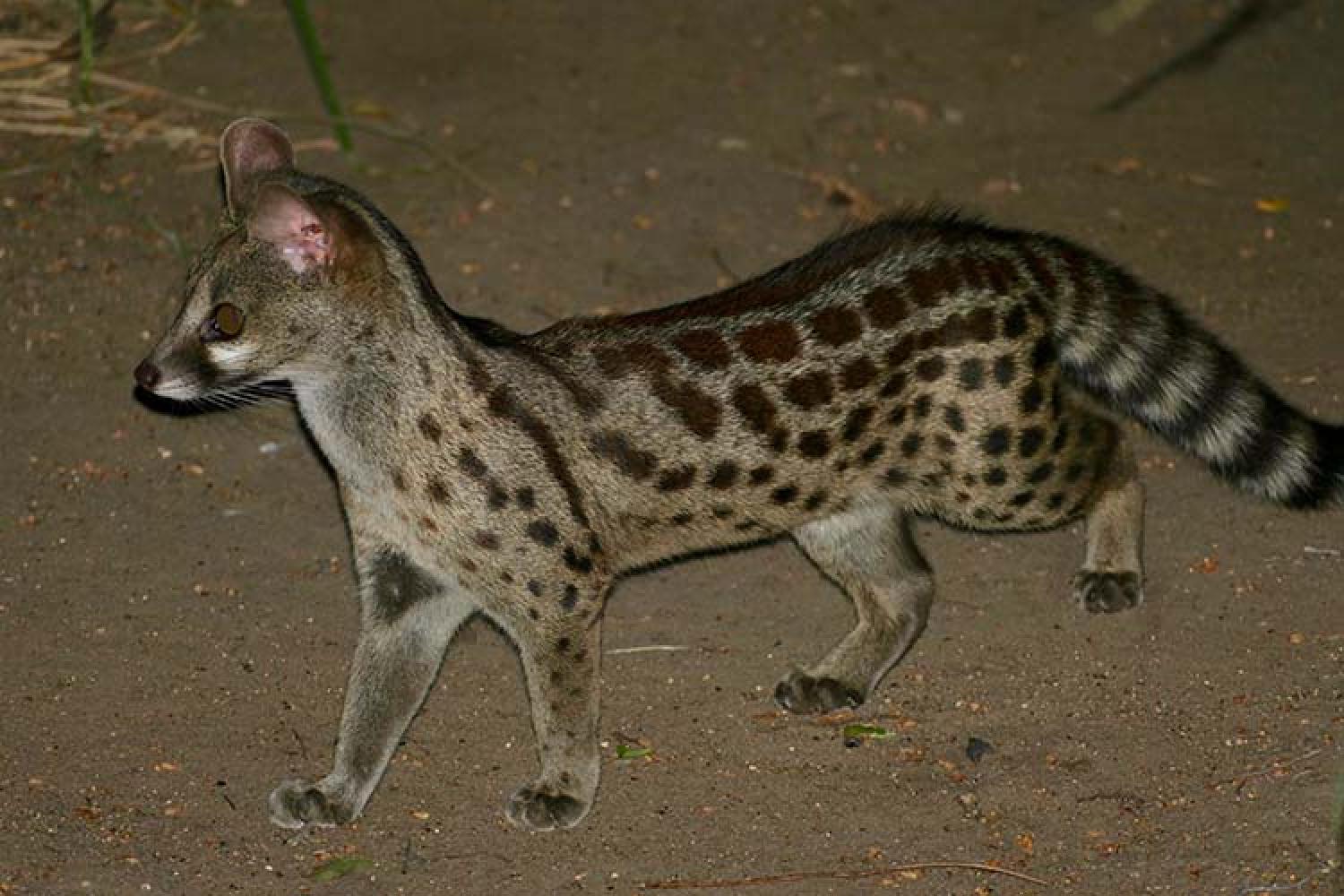
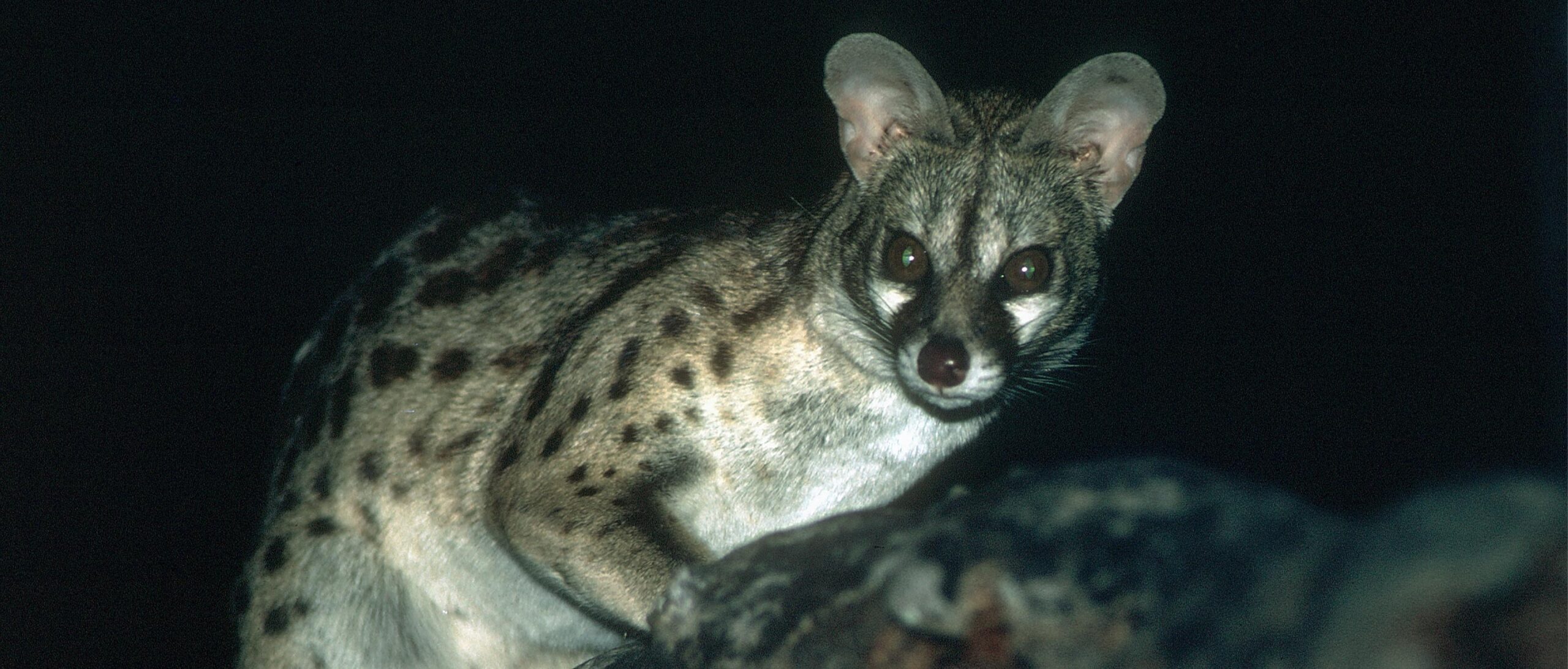
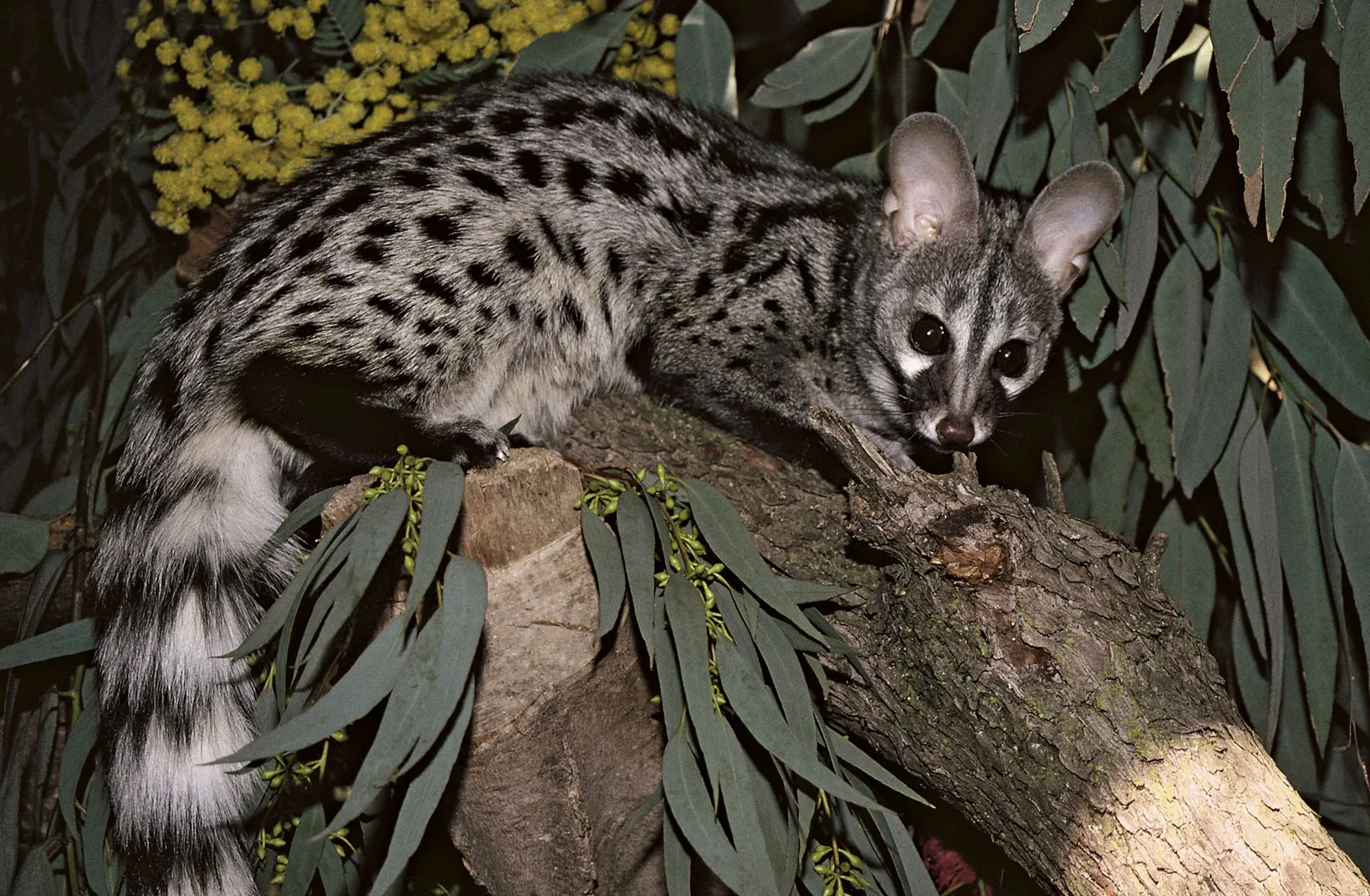
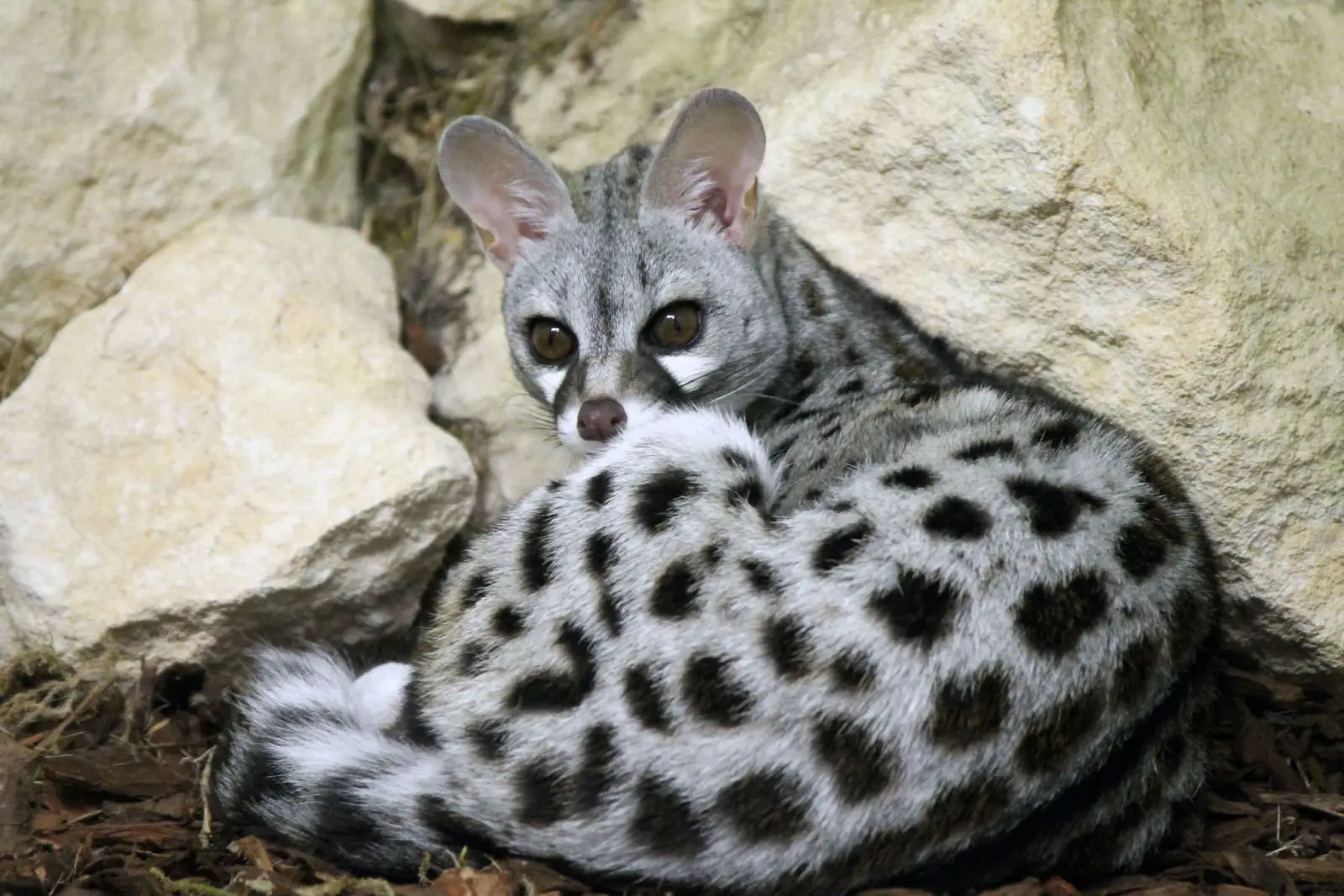
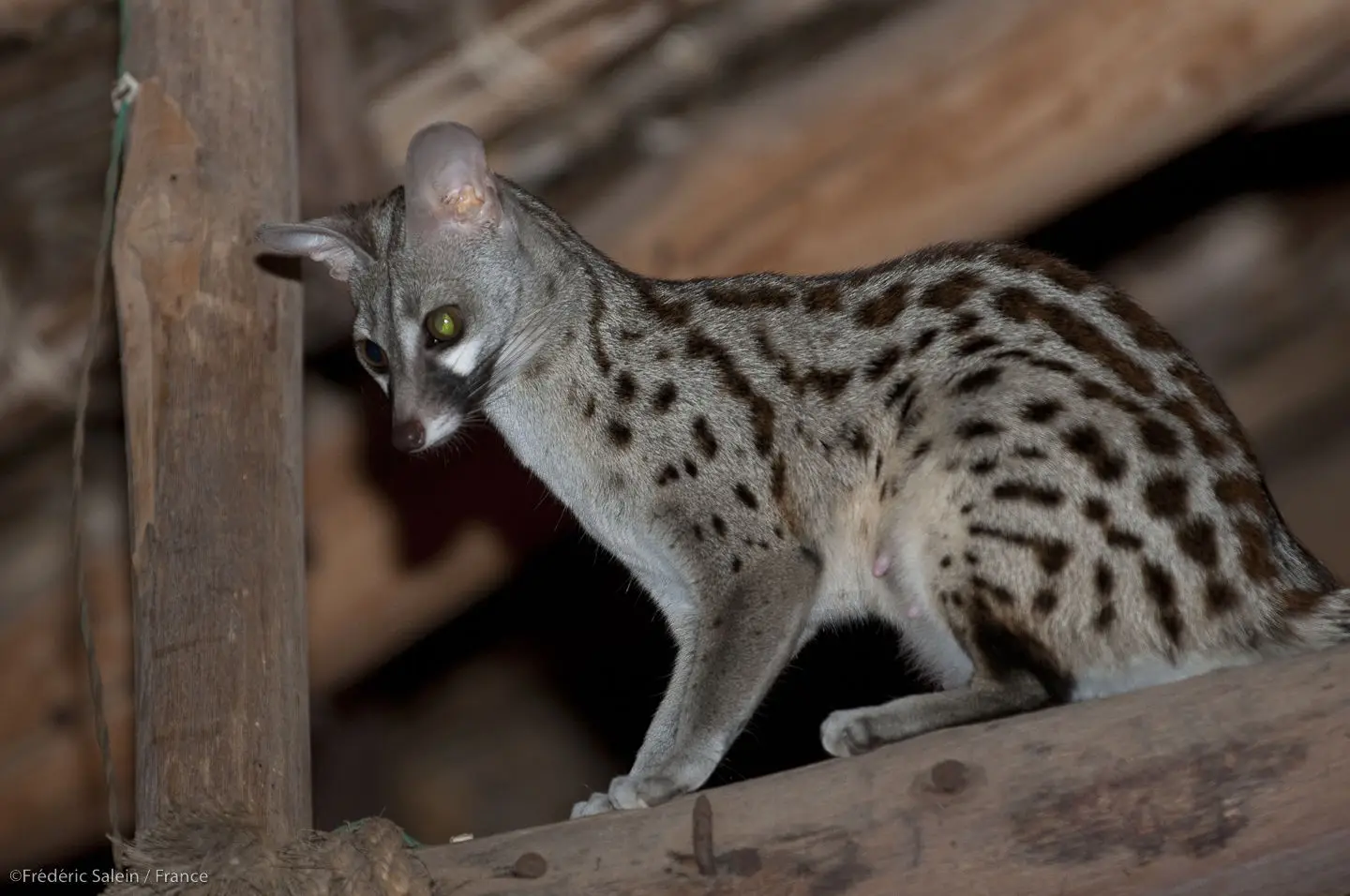
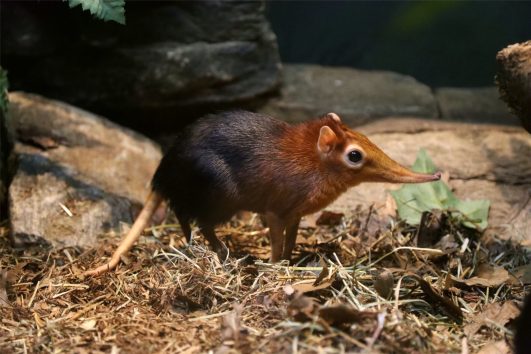
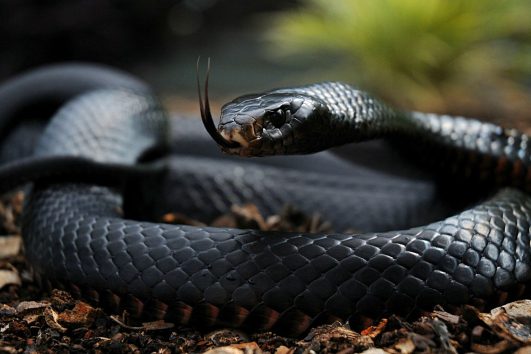
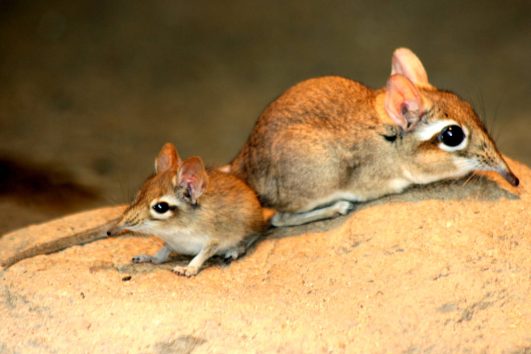
Tour Reviews
There are no reviews yet.
Leave a Review